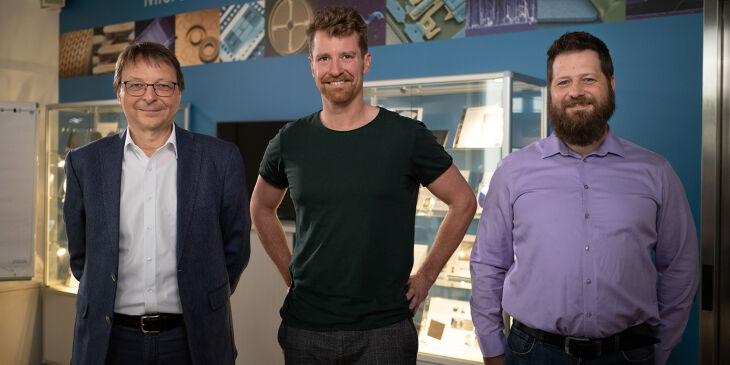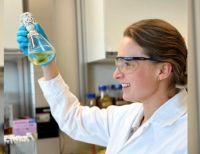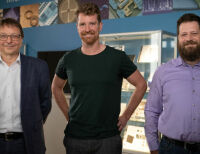One of many special human qualities is the ability to handle objects with skill and precision. This is all down to our sense of touch, which is particularly acute in the tips of our fingers. Using our hands, we are able to explore the shape and composition of objects and to feel the texture of their surface – and all without ever clapping eyes on them.
Our sense of touch is incredibly refined. Just try and get a robot to achieve a similar degree of nuance. Production robots, for example, are able to pick up and move objects with impressive dexterity. To do so, however, they first need to know where the object is – or they require additional visual information to help with orientation. Ideally, too, they need to know how sturdy an object is, and its composition, before they grab it.
Hundreds of sensors
Johannes Weichart has an idea that could make robots much more adept at handling objects. Weichart, a doctoral student in the Micro- and Nanosystems (MNS) group at ETH Zurich, has developed an artificial skin that emulates the sense of touch in a human finger. He believes that this can endow robots with the ability to touch and feel. What’s more, the artificial skin is pliable, which means it can be used to cover soft and unevenly formed materials – a robot gripper, for example, in the shape of a human finger.
In common with its human equivalent, Weichart’s artificial skin is equipped with a large array of receptors. “You need around one sensor per square millimetre,” he explains. Each sensor comprises various layers. Two of these are a conductive membrane and subjacent electrodes, which springs hold apart at a distance of three to four micrometres. Changes in the distance between them causes changes to an electrical signal captured by the electrodes.
Refined sense of touch
Connected to the conductive membrane is a small bead. When pressure is applied to the bead, the membrane deforms – and, with it, the signal measured by the sensor.
















